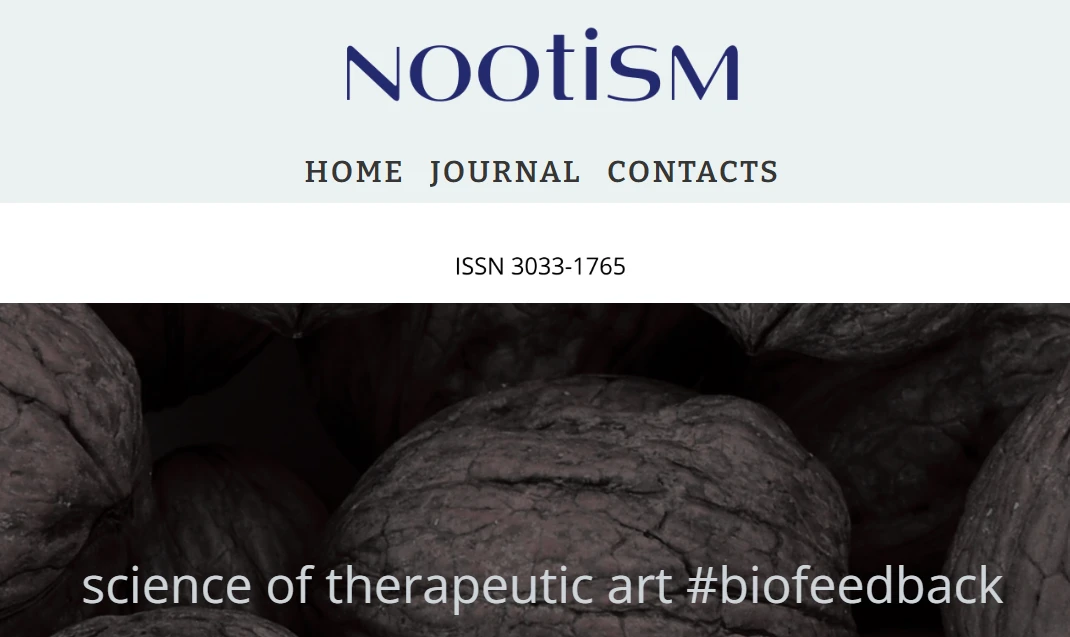Screen addiction causes severe neurodevelopmental damage and spectrum-like symptomatology
Screen Addiction
Screen addiction leads to severe disturbances in brain and nervous system function, with earlier onset resulting in more significant impairments and more severe symptoms. People of all ages are affected, slowly and gradually. These disturbances alter one’s way of life, leading to reduced adaptability, impaired learning ability, cognitive problems, psychosomatic disorders, lower ambitions, and diminished outcomes.
Screen Trauma
Screen trauma indicates that even after a prolonged screen detox, symptoms persist and may even intensify. If the damage caused by screen addiction is not treated at a psychophysiological level, the body carries the scars of the screen trauma for years. A characteristic feature is brain fragmentation, causing cortical functions to operate at different speeds.


Autism/Early screen addiction
Early screen addiction (ages 0–3) disrupts the fundamental development of the brain, particularly in sensory integration, language acquisition, sleep patterns, and the formation of mirror neuron systems.
Functional regression and fragmentation of cognitive processes continue and intensify with age if the addiction is not interrupted.
A universal behavioral pattern emerges, marked by rigidity, stereotypies, avoidance of human interaction, and fixation on repetitive, predictable stimulation.
These symptoms are frequently misdiagnosed as ASD, ADHD, or ODD, masking the true underlying cause.
Disrupted parental attachment, along with anxiety and depression in parents, worsens the child’s prognosis.
Recovery is possible, especially in children under the age of 9, if a screen addiction therapy is combined with complete digital detox.
We use both instrumental (qEEG, biofeedback, etc.) and non-instrumental methods for assessment and therapy

Read our scientific journal
free
A scientific journal on the applied aspects of neuroscience.
A monthly publication on the emerging therapeutic art within the biofeedback paradigm.


